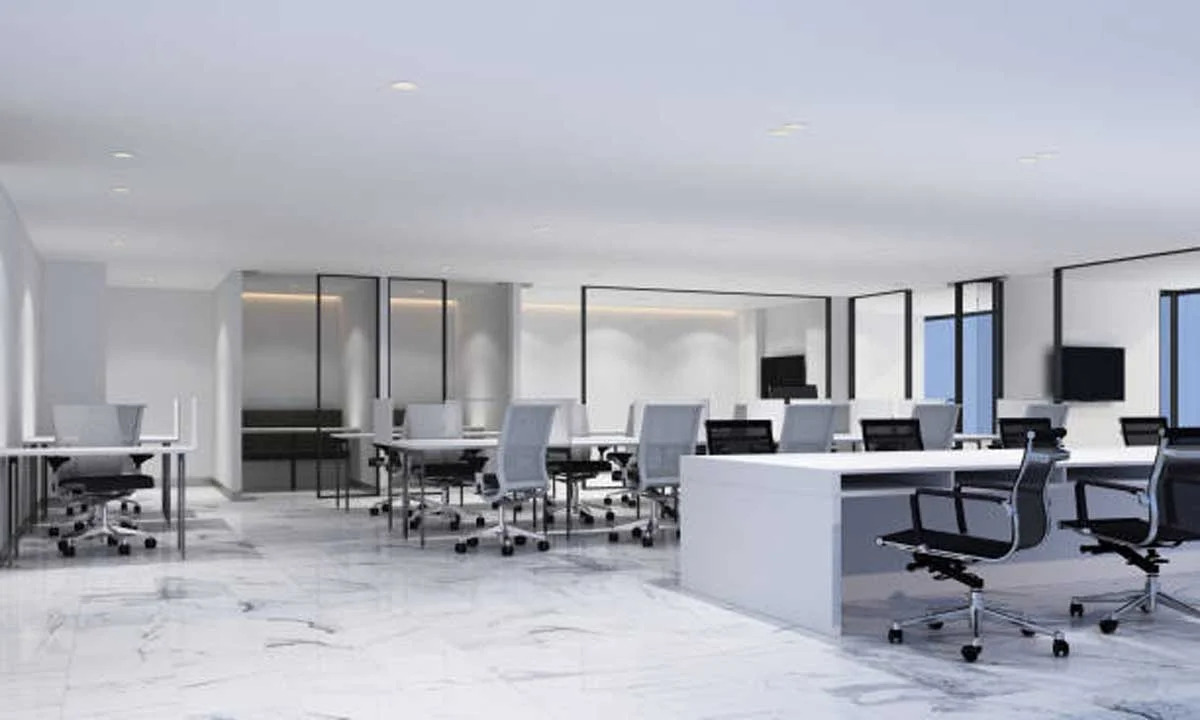
According to a study conducted by the industry, the Mumbai Metropolitan Region's ongoing transportation infrastructure projects, estimated to cost about Rs 2.5 lakh crore, will increase the availability of office space by more than 127 million square feet.
The MMR is undergoing the greatest pressure ever in terms of transportation infrastructure, including 14 subway lines, a new international airport, a trans-port bridge connecting South Mumbai to the new airport across the sea, and a long road project on the west coast that the southern tip connects from the city to the northwest. Out of this amount, Rs 2.1 lakh crore will go to metro projects alone.
In the space-starved megapolis, the planned metro lines alone will contribute more than 127 million square feet of commercial real estate, according to a review by property consultant Knight Frank India.
The Malad Kasturi Park belt alone will gain an estimated 11 million square feet of office space from Metro Line 2A, 2.8 million square feet from Metro Line 3 for the already established business districts of BKC and Lower Parel, and 50 million square feet from Metro Line 4 for more connectivity and real estate offerings.
Metro Line 1 will increase interest in buildings in Andheri East and Kanjurmarg at the end of Vikhorli, potentially resulting in the development of office space north of 32 million square feet, or about 20% more than the current stock in the region. Metro Line 7 has the potential to add an estimated 30 million square feet of office space, which is another 20% of the current inventory.
According to the research, metro developments in satellite cities and the suburbs will add about 20 million square feet.
A total of Rs 2.5 lakh crore would be spent on transport infrastructure for the MMR, including the Rs 24,000 crore Navi Mumbai International Airport.
With investments totaling Rs 7,400 crore, the Bandra Worli Sea Link, Eastern Highway and Metro Line 1 have been the major projects completed in the Mumbai region since the turn of the century. However, this represents barely 4% of the current committed expenditure.
Until 2013, the annual supply was greater than the annual demand. However, after 2014, new supply began to decline as developers became more cautious in the face of declining demand and unsold inventories.
According to agency experts, these improvements to transportation infrastructure will also have a significant positive impact on the residential real estate market.
 279
279
 899
899
 270
270
 999
999
 531
531
 1001
1001
 350
350
 1001
1001
 324
324
 899
899
 224
224
 699
699
 379
379
 499
499
 1043
1043
 1799
1799
 300
300
 999
999
 460
460
 999
999
 247
247
 399
399
 289
289
 445
445
 369
369
 769
769